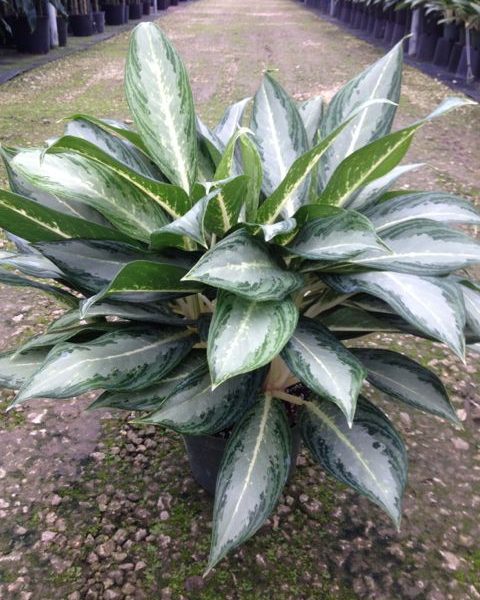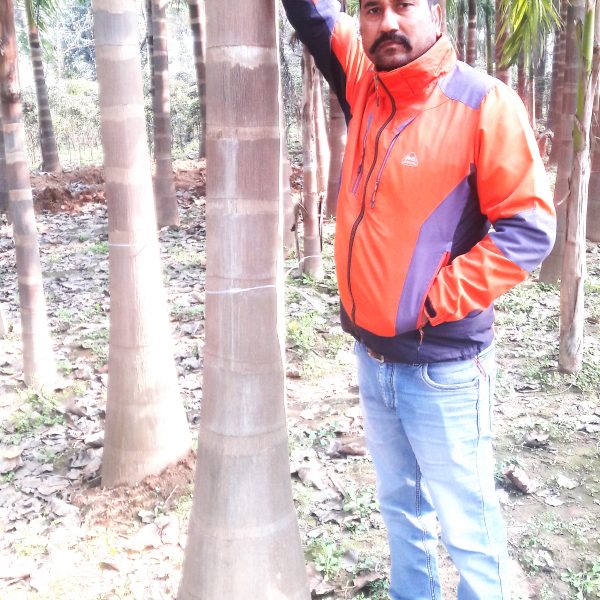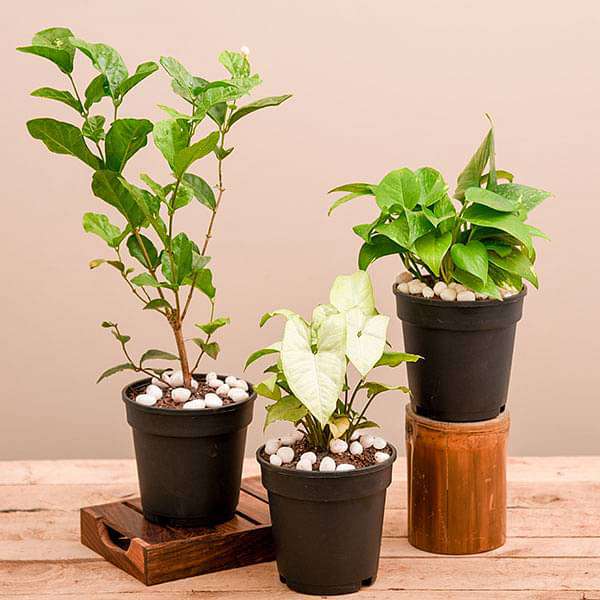Bromeliad Cryptanthus Care | Growing Earth Star Plants
The decorative Cryptanthus [krip-TAN-thus] ‘Earth Star’ is an unusual plant with a flat rosette of leaves.
The short plant comes in a variety of shades, including red, green, and white.
Despite the flat shape, these plants can reach up to two feet across.
Unfortunately, the cryptanthus plants only lives a short time after flowering.
Propagate the plant and extend its life. Below are a few plant care tips to follow.
Tips On Cryptanthus Care
Size and Growth
The Cryptanthus grows from a flattened rosette. The leaves are wavy and feature a striped pattern.
They are typically available in various shades of red, green, white, and pink.
The earth star bromeliad can get quite big. When grown outdoors in ideal conditions, it can reach up to two feet across. However, it doesn’t get very tall.
Flowering and Fragrance
It will produce flowers once.
They are tubular white and often remain partially hidden in the middle of the rosette.
While the flowers do have a fragrance, it’s barely noticeable.
It may take several years to flower.
After the flowers come and go, the earth stars genus slowly begins to die.
Light and Temperature
Cryptanthus bromeliads grows outdoors in USDA hardiness zones 8 to 11.
The pink star plant won’t survive freezing winter temperatures. It’s native to humid conditions.
When grown indoors, normal room temperature is fine. Outdoors, it should receive 65° to 75° degrees Fahrenheit weather.
Indirect light throughout the day is the best option.
When grown indoors, place it in any window, except a large southern-facing window where it may get too much direct bright sunlight.
Cryptanthus needs lots of sunlight, but not direct sunlight. The bright UV rays can scorch the leaves and kill it.
Watering and Feeding
During the summer, water frequently. In the winter, water sparingly.
Apply diluted liquid fertilizer during the spring. In the summer and fall, avoid adding any additional fertilizer.
NOTE: Don’t pour water into the rosette. Always water the soil, as water can get trapped in the leaves and cause mildew or fungal growth.
Soil and Transplanting
Porous moist soil with good drainage should be used.
To create the perfect soil conditions, combine regular potting soil with an equal amount of leaf mold or peat moss.
A little extra sand can also help create better drainage while keeping the soil moist.
Transplanting is rarely needed, as Cryptanthus doesn’t grow very fast and may only last a few years. The roots are also delicate and don’t always survive repotting.
Maintenance and Grooming
Grooming isn’t necessary. The only step needed is the removal of dead flowers or leaves.
Popular Cryptanthus Varieties Include:
- Cryptanthus Bivittatus –
- Cryptanthus Black Mystic –
Propagating Cryptanthus Plants
Cryptanthus produces offsets throughout the year.
While the mother plant slowly dies after flowering, this allow pups to develop so you can keep it going by collecting the offset pups.
Instead of dropping the offsets in the soil around the foliage and growth, the offsets are found between the leaves.
The offsets should be left in place until you plan to propagate.
The offsets can be removed carefully and placed in the same type of soil mix recommended for the mother plant earth stars.
After placing the offsets in their own pots, cover with plastic and add ventilation holes. Set the pots in a bright spot.
Within two to three months, the plants root systems should develop.
Cryptanthus Pests or Diseases
Cryptanthus are not prone to any major diseases or attacks from pests.
The biggest threat is overwatering.
It has delicate leaves and roots.
Constant moisture can cause rot and fungal growth. If the rot spreads to the rosette, the entire Cryptanthus will likely die.
If the rot is detected early, the affected areas can be trimmed off.
It should then be transplanted to a new container and carefully observed for several weeks.
If it looks like it may die, try to collect offsets from between the leaves to propagate the Cryptanthus.
Scale insects may pose a problem. When these pests are detected, remove them with a cotton swab. Insecticide isn’t recommended, as it may damage it.
Uses For Cryptanthus Bromeliad
In most regions, Earth Stars should be grown indoors, in a pot or container.
All varieties look great on its own, due to the unique foliage.
It also pairs well with other plants in the Bromeliad family and tropical-type flowers, such as orchids.








Reviews
There are no reviews yet.